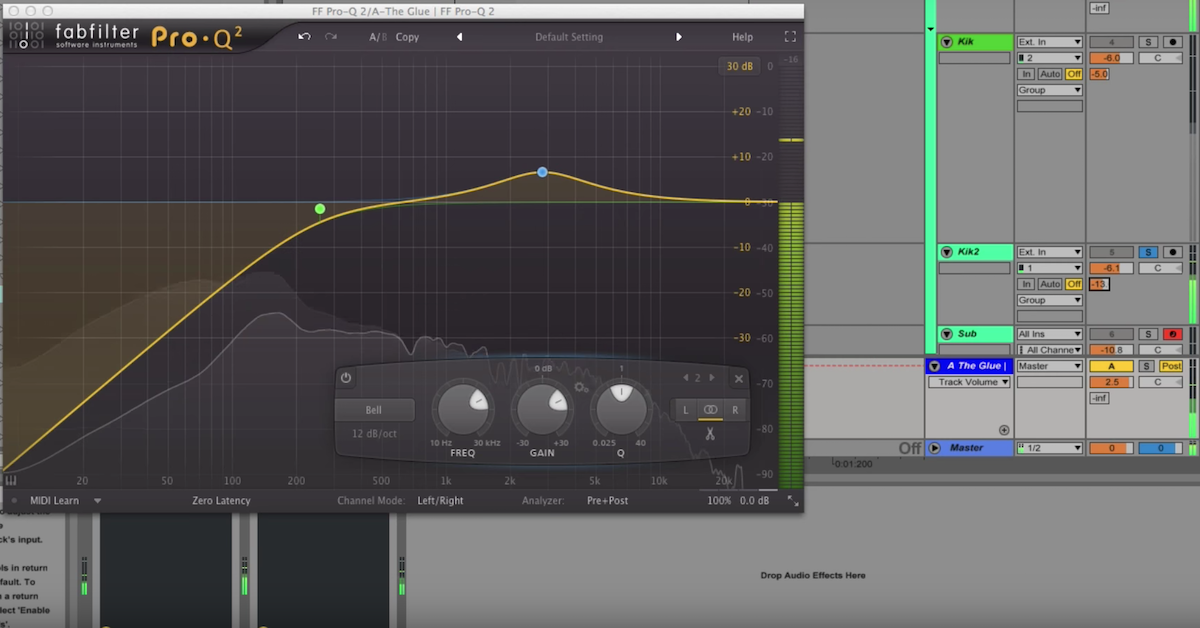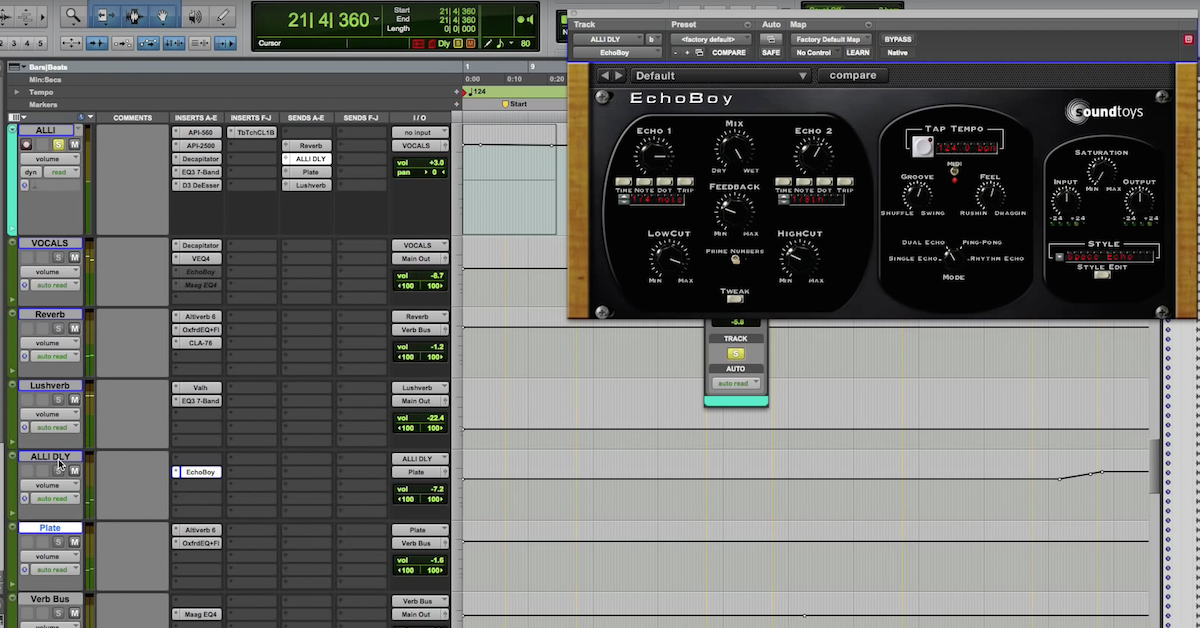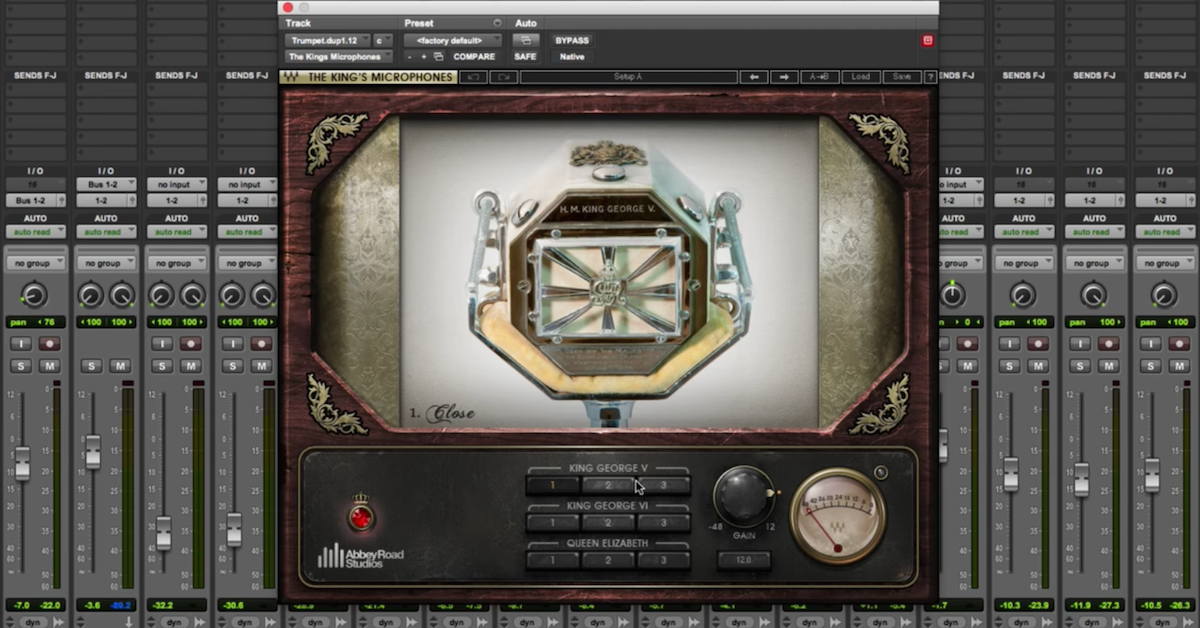How to Make Anything Sound Vintage
So this trick is called, “Make anything sound vintage.” That’s what you’re hearing in the background is a vintage sounding loop, and I’m adding some horns and some strings. Let’s stop it there.
So by the way, I’m doing this in Ableton Live, but you can do this in any DAW, of course. So let’s turn that. So I’m going to be adding some horns, and they sound like this at the moment.
[horns]
While that sounds pretty good, what we’re going to do here is we’re going to try to mimic the frequency response and the distortion present in older recordings.
So the first thing I’m going to do is I’m going to add some EQ to this track, and let’s use a low cut filter. I’m going all the way up to about 400 for this sound, and also a high cut filter. The last thing we’ll do is I’ll add a little peak at around 2kHz. Make it a little bit more narrow.
There we go. So before…
[horns, before EQ]
After EQ.
[horns, after EQ]
It’s already quite a difference, but we’re going to be adding some other stuff as well. We’re going to add some tape saturation next.
[horns, after tape saturation]
It gives it just a little bit of distortion, which I like. I’m actually going to add some more subtle distortion. I’m using the Virtual Console from Slate.
[horns, with VCC]
So it’s adding up nicely. The last thing is some reverb. I really love plate reverb for the sound. If you want to go even more vintage sounding, use a mono plate reverb, which is what I’m using here. This is actually an impulse I recorded from a real plate, a really old one, and it’s really one of my favorite sounds for this.
So let’s listen to it with the horns.
[horns with reverb]
Let’s take away all the processing.
[mix, horns natural]
Next, I’m going to add some strings to this, and they sound like this.
[mix]
Okay, so they sound a little bit too warm and full and modern, so I’m actually going to just copy the stuff we did to the horns and just use it for the strings as well. I did make a small adjustment. I actually reduced the peak at 2kHz. It got just a bit too harsh for my taste.
So okay, so let’s listen to it.
[mix]
So that’s a good starting point. If you want something to sound like it’s been sampled off an old record of something. If you do this to a lot of tracks in the mix, you might want to do less drastic EQ. It could get a bit thin or tinny otherwise. So try this on vocals, it sounds really great on piano. You can go crazy with stacking up subtle distortion, like vintage compressor emulations and the sort.
So that’s it for now. Go to makingsound.co to check out my book, and I’ll see you later.

![How to Make Anything Sound Vintage [Quick Tip]](https://i.ytimg.com/vi/Mmk6EyCCErY/hqdefault.jpg)



